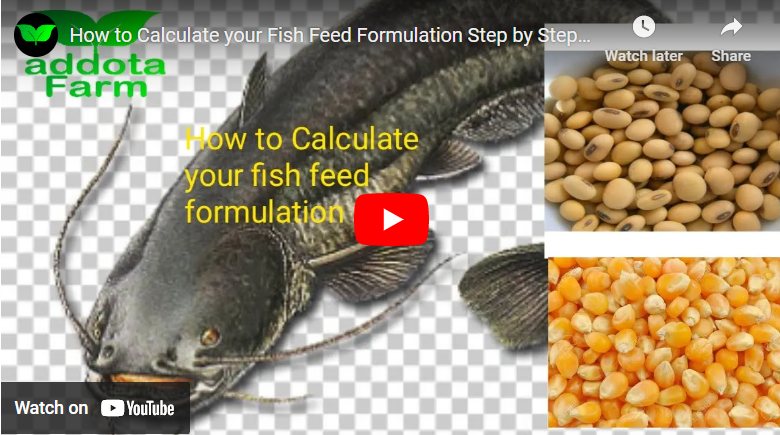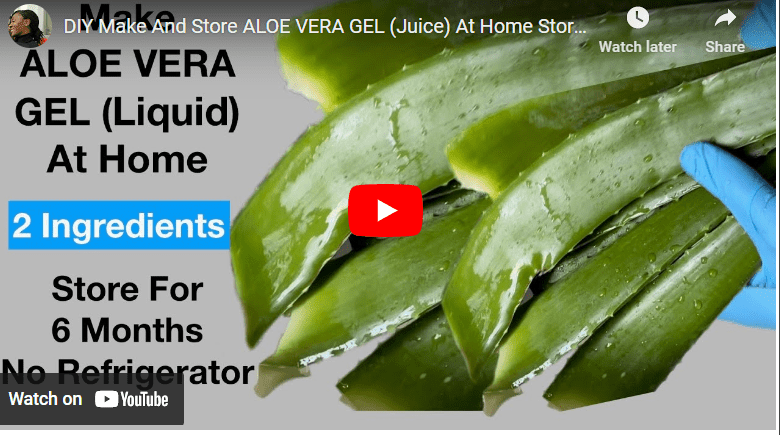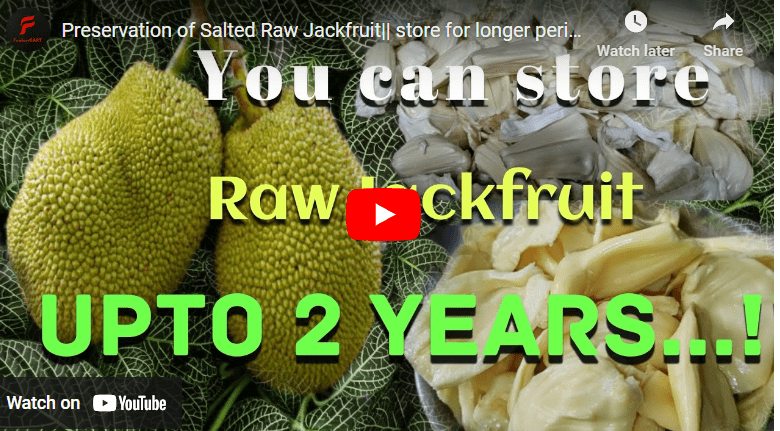Fish farming is a lucrative venture, but more lucrative is fish feed formulation which is demanded by most fish farmers around Nigeria. Fish feed formulation is the process of creating a balanced diet for farmed fish that provides them with the necessary nutrients for growth and development.
Nigeria, with its large coastline and abundance of freshwater resources, has a thriving fish farming industry that requires high-quality fish feed to ensure healthy and profitable fish production.
Formulating fish feed in Nigeria requires knowledge of the nutritional needs of the fish being raised, as well as access to a variety of feed ingredients.
With the right combination of ingredients and careful formulation, fish farmers in Nigeria can produce high-quality, affordable fish feed that will help their fish thrive and their businesses prosper.
How To Formulate Fish Feed In Nigeria Step By Step Guide
Formulating fish feed is not difficult but it requires a lot of knowledge and understanding about the process involved in it.
The first step to formulating fish feed is understanding what goes into making it which is the reason why we prepared this step by step instruction guide on how to formulate fish feed in Nigeria.
Read Also: [Beginners Guide] How To Formulate Fish Feed in Uganda
Step 1: Determine Your Fish’s Dietary Requirements
To formulate the perfect fish feed for your fish farming business, you need to determine your fish species’ dietary requirements.
The nutritional needs of different fish species vary, and understanding your fish’s requirements is critical for their growth and development.
Start by researching the specific nutritional needs of your fish species or consult with an expert in the field.
Read Also: [Beginners Guide] How To Start Fish Farming In Nigeria
Factors such as protein, fat, and other nutrient requirements should be considered when formulating the ideal diet for your fish.
Step 2: Collecting the Raw Materials for Your Fish Feed
After determining your fish’s dietary requirements, you need to source high-quality raw materials for your fish feed. In Nigeria, common raw materials include soybean meal, maize, wheat bran, and fish meal.
These ingredients must be of high quality to ensure that the final product meets the nutritional needs of your fish.
Seek out reputable suppliers that offer quality ingredients at reasonable prices.
Read Also: [Beginners Guide] How To Formulate Fish Feed In South Africa
- Soybean meal: Soybean meal is a high-protein ingredient and is an excellent source of amino acids for fish.
- Maize: Maize is a good source of carbohydrates and energy for fish. It also provides some protein.
- Wheat bran: Wheat bran is a by-product of wheat milling and is a good source of fiber, protein, and minerals.
- Fish meal: Fish meal is a high-protein ingredient made from ground fish and is an excellent source of amino acids, vitamins, and minerals.
- Groundnut cake: Groundnut cake, also known as peanut cake, is a by-product of groundnut oil extraction. It is a good source of protein and energy for fish.
- Cassava: Cassava is a root crop that is rich in carbohydrates and provides energy for fish.
- Blood meal: Blood meal is a high-protein ingredient made from animal blood and is a good source of amino acids for fish.
- Bone meal: Bone meal is made from ground animal bones and is a good source of calcium and phosphorus for fish.
- Palm kernel cake: Palm kernel cake is a by-product of palm oil extraction and is a good source of protein and energy for fish.
Remember, the quality of your raw materials will affect the quality of your fish feed, so it’s important to take the time to find the best suppliers.
Read Also: [Beginners Guide] How To Formulate Fish Feed In Ghana
Step 3: Determine The Ingredient Ratios
To make high-quality fish feed in Nigeria, it’s essential to determine the right ingredient ratios.
You’ll need to use a fish feed formulation software or do it manually to calculate the ratios of each ingredient based on the nutritional needs of your fish.
Ensure that you don’t include too much of one ingredient, as this can lead to an unbalanced diet that is not ideal for your fish. The right ratios are crucial for your fish to grow and stay healthy.
Read Also: [Beginners Guide] How To Formulate Feed For Snail
Step 4: Selecting Appropriate Equipment
Selecting the right equipment is essential for making fish feed in Nigeria. You’ll need equipment that can process all your raw materials simultaneously, mix them evenly and shape them into pellets for ease of feeding.
Consider investing in a pelletizing machine that can form the feed into uniform-sized pellets, making it easier for your fish to digest and reducing waste.
Also, you may need a mixer to combine the raw materials evenly, and a weighing scale to measure the ingredients accurately.
By selecting the appropriate equipment, you can increase the efficiency of your fish feed production and ensure the success of your fish farming business.
Read Also: [Beginners Guide] How To Formulate Feed For Snail South Africa
Step 5: Mix the Ingredients
Once you have determined the right ingredient ratios, the next step is to thoroughly mix the ingredients together. Ensure that they are evenly distributed to create a balanced diet for your fish.
You can use a feed mixer or do it manually, but it’s crucial to mix the ingredients well to create a consistent feed.
A well-mixed feed will provide your fish with all the necessary nutrients for growth and development.
Read Also: [Beginners Guide] How To Formulate Feed For Snail In the US
Step 6: Pelletize the Feed
Pelletizing the feed is an important step in making fish feed in Nigeria. It helps to make the feed easier for the fish to digest, reduces waste and ensures that each fish gets an equal amount of feed.
You can use a pelletizing machine to shape the feed into uniform-sized pellets or manually shape the feed into pellets using your hands.
When using a pelletizing machine, it’s important to adjust the settings to ensure that the pellets are the right size and density for your fish species.
Step 7: Test the Feed
Before feeding the fish, it’s important to test the feed to ensure that it meets the nutritional needs of the fish. You can do this by having a laboratory analyze the feed or by conducting a feeding trial.
Read Also: [Beginners Guide] How To Formulate Feed For Snail In Ghana
Benefits of Formulating Fish Feed in Nigeria
There are numerous benefits of formulating fish feed in Nigeria. Firstly, you can customize the feed to meet the nutritional needs of your fish, ensuring that they get all the necessary nutrients for growth and development.
Secondly, it can be a cost-effective option, as you can use locally sourced raw materials to create the feed.
Read Also: How To Formulate Fish Feed In the US
Additionally, formulating your own fish feed can help you control the quality of the feed, and ensure that there are no harmful additives that could be detrimental to your fish’s health.
Overall, formulating your own fish feed can lead to better fish growth, lower costs, and a more sustainable fish farming operation.
Read Also: [Beginners Guide] How To Formulate Feed For Snail In Nigeria
Cost of Formulating Fish Feed in Nigeria
The cost of formulating fish feed in Nigeria varies depending on the types and quality of raw materials used.
Generally, it is cheaper to formulate fish feed than to purchase commercial fish feed. However, the initial investment in equipment and ingredients can be high.
The cost of ingredients such as soybean meal, maize, and fishmeal may fluctuate based on market prices.
It’s important to do your research and find the best deals on raw materials to keep your costs low.
Read Also: How To Formulate Fish Feed In UK
Projected Profit of Fish Feed in Nigeria
The profit from formulating fish feed in Nigeria depends on various factors such as the cost of raw materials, equipment, and the size of your fish farming operation.
If done correctly, formulating fish feed can be a profitable venture. However, it requires careful planning and proper management.
It’s important to keep track of your expenses and income to determine the profitability of your fish feed formulation business.
Read Also: How To Formulate Pig Feed In Ghana
How much is Fish Feed Sold in Nigeria
The price of fish feed in Nigeria varies depending on the brand, quality, and quantity. Commercial fish feed can range from ₦2,500 to ₦5,000 per bag (15kg), while locally formulated fish feed can cost between ₦1,500 to ₦3,000 per bag (15kg).
The price of fish feed can also be influenced by market forces and seasonality. As a fish farmer, it’s important to find the best deals on fish feed to keep your costs low.
Read Also: How To Formulate Pig Feed In Kenya
Disadvantages of Formulating Fish Feed in Nigeria
Formulating fish feed in Nigeria has its disadvantages. Firstly, it requires specialized knowledge in fish nutrition and feed formulation.
If done incorrectly, it can lead to nutrient imbalances that could affect the growth and health of your fish.
Secondly, formulating your own fish feed can be time-consuming and requires a lot of effort.
Finally, you may need to invest in expensive equipment such as mixers and pelletizers, which can be a significant upfront cost.
Best Practices of Formulating Fish Feed in Nigeria
To formulate high-quality fish feed in Nigeria, it’s important to follow best practices.
Firstly, use high-quality raw materials that are free from contaminants and mold.
Secondly, ensure that you mix the ingredients thoroughly to create a consistent feed.
Thirdly, pelletize the feed to make it easier for the fish to digest and reduce waste.
Finally, keep track of your expenses and income to determine the profitability of your fish feed formulation business.
Challenges Of Formulating Fish Feed in Nigeria
Formulating fish feed in Nigeria comes with its own set of challenges. Firstly, the fluctuation of prices of raw materials can make it difficult to predict the cost of production.
Secondly, access to high-quality raw materials can be a challenge, especially for small-scale fish farmers.
Finally, the lack of access to modern equipment and technology can limit the efficiency and output of fish feed formulation.
Where To Sell Snail Feed in Nigeria
Some potential markets to sell fish feed in Nigeria include:
- Local fish farmers and aquaculture businesses
- Feed distributors and retailers
- Local markets and supermarkets
- Online marketplaces and e-commerce platforms
Equipment Needed For Fish Feed Formulation
Some of the essential equipment needed for fish feed formulation in Nigeria include:
- Hammer mill for grinding raw materials
- Mixer for mixing the ingredients
- Pelletizing machine for pelleting the feed
- Dryer for drying the pellets
- Weighing scale for measuring ingredients
- Sealing machine for packaging the feed
- Storage facility for storing the feed
Low Cost Fish Feed Formulation
Developing a cost-effective fish feed formulation is crucial for a profitable fish farming business. Protein is usually the most expensive part, and crude protein level is the first nutrient computed in diet formulation.
Each feedstuff should serve a specific purpose and be the least costly ingredient available for its function in the diet.
Nutrient-balanced and adaptable fish feed blends or formulas are essential for effective diet formulation, which helps to avoid errors due to varying proximate compositions of feedstuffs.
Home Made Fish Feed Formulation
Making homemade fish feed can be a cost-effective option for fish farmers. Several factors must be considered when developing a homemade fish feed formulation, including crude protein level, energy level, specific amino acid levels, crude fiber level, and ash level.
Feeds can be made from locally available ingredients such as soybean, groundnut, and maize. However, it’s important to ensure that each feedstuff serves a specific purpose and is the least costly ingredient available for its function in the diet.
Floating Fish Feed Formulation PDF
There are several resources available online that provide floating fish feed formulation guides in PDF format.
These guides provide detailed information on nutrient-balanced and adaptable fish feed blends or formulas that are crucial for effective diet formulation.
The formulation should consider the crude protein level, energy level, specific amino acid levels, crude fiber level, and ash level.
It’s important to note that nutrient digestibility can differ among species, which could affect the accuracy of energy values for fish. Each feedstuff in the diet formulation should serve a specific purpose and be the least costly ingredient available for its function in the diet, with protein being the most expensive portion.
Artificial Fish Feed Ingredients
Artificial fish feed ingredients are typically composed of a mixture of grains, proteins, minerals, and vitamins. Some of the commonly used protein sources include soybean, fish meal, and meat and bone meal.
Corn and wheat are the most commonly used grains, while limestone and dicalcium phosphate are used to provide the necessary minerals.
Vitamins are also added to the feed to ensure that the fish receive adequate nutrition. The use of artificial fish feed has become increasingly popular due to its convenience and efficiency.
Alternative Feed for Catfish
Catfish farmers are always looking for alternative feed options that are both cost-effective and nutritionally balanced.
One such option is the use of black soldier fly (BSF) larvae, which have been found to be a profitable alternative to conventional pellets. In addition, offals such as poultry waste can also be used as an alternative feed source for catfish.
When formulating alternative feeds, it is important to consider factors such as crude protein level, energy level, specific amino acid levels, crude fiber level, and ash level to ensure that the feed is nutritionally balanced.
Fish Feed Formulation Excel Sheet
Fish feed formulation can be a complex process that involves balancing various nutrients to ensure that the feed is nutritionally balanced.
One way to simplify this process is by using a fish feed formulation excel sheet. This tool can be used to calculate the amount of each ingredient needed based on the desired nutrient composition of the feed.
These excel sheets can be found online and can be customized based on the specific needs of the fish farmer.
The use of such tools can help ensure that the feed is cost-effective and meets the nutritional needs of the fish.
Fish Feed Ingredients PDF
Fish feed ingredients are crucial in the formulation of a balanced and nutritious diet for fish. Some of the common ingredients used in fish feed include fish meal, soybean meal, corn gluten meal, wheat flour, and rice bran.
However, the use of these ingredients can be expensive, making it difficult for small-scale farmers to affords.
To address this issue, alternative ingredients such as earthworms, maggots, and kitchen waste can be incorporated into the formulation of low-cost fish feed.
It is important to note that the nutritional value of these alternative ingredients should be considered to ensure a balanced diet for the fish.
Fish Feed Formulation PPT
Fish feed formulation is a critical process that involves balancing the nutrient requirements of fish with the cost-effectiveness of the feed.
The use of a fish feed formulation excel sheet can aid in achieving this balance. The excel sheet can help in calculating the nutrient composition of the feed and the cost of the ingredients used.
Also, the excel sheet can be used to adjust the nutrient and cost values based on the availability and cost of ingredients in the local market.
This allows farmers to formulate a customized feed that meets the nutritional requirements of the fish at an affordable cost.
Conclusion
Fish feed can be formulated in Nigeria to suit the needs of the fish farmers. The formulation of fish feed should consider the type of fish, their requirements, and the availability of raw materials. Fish feed can also be formulated by using ingredients that are locally available and affordable by the farmers.




